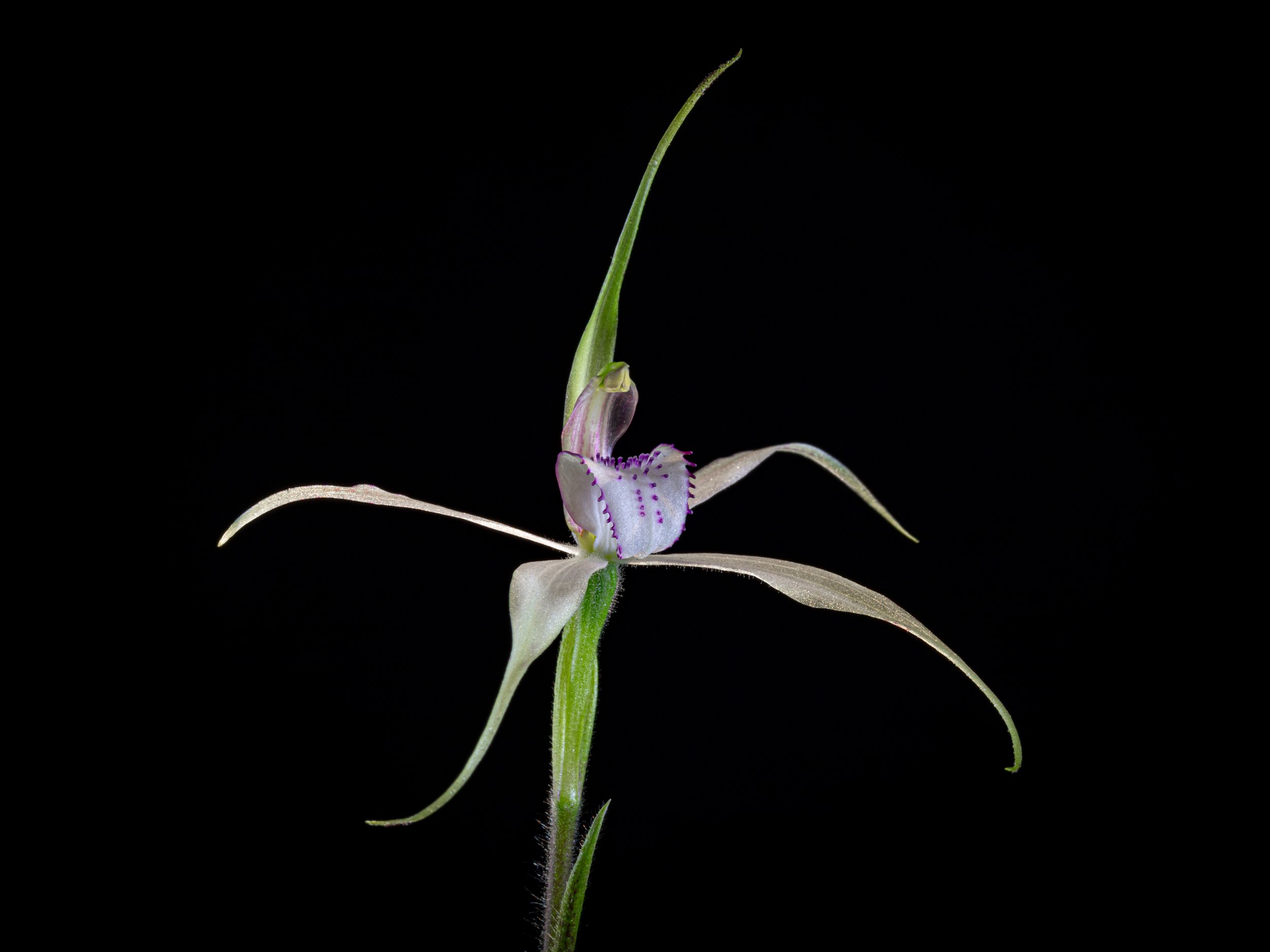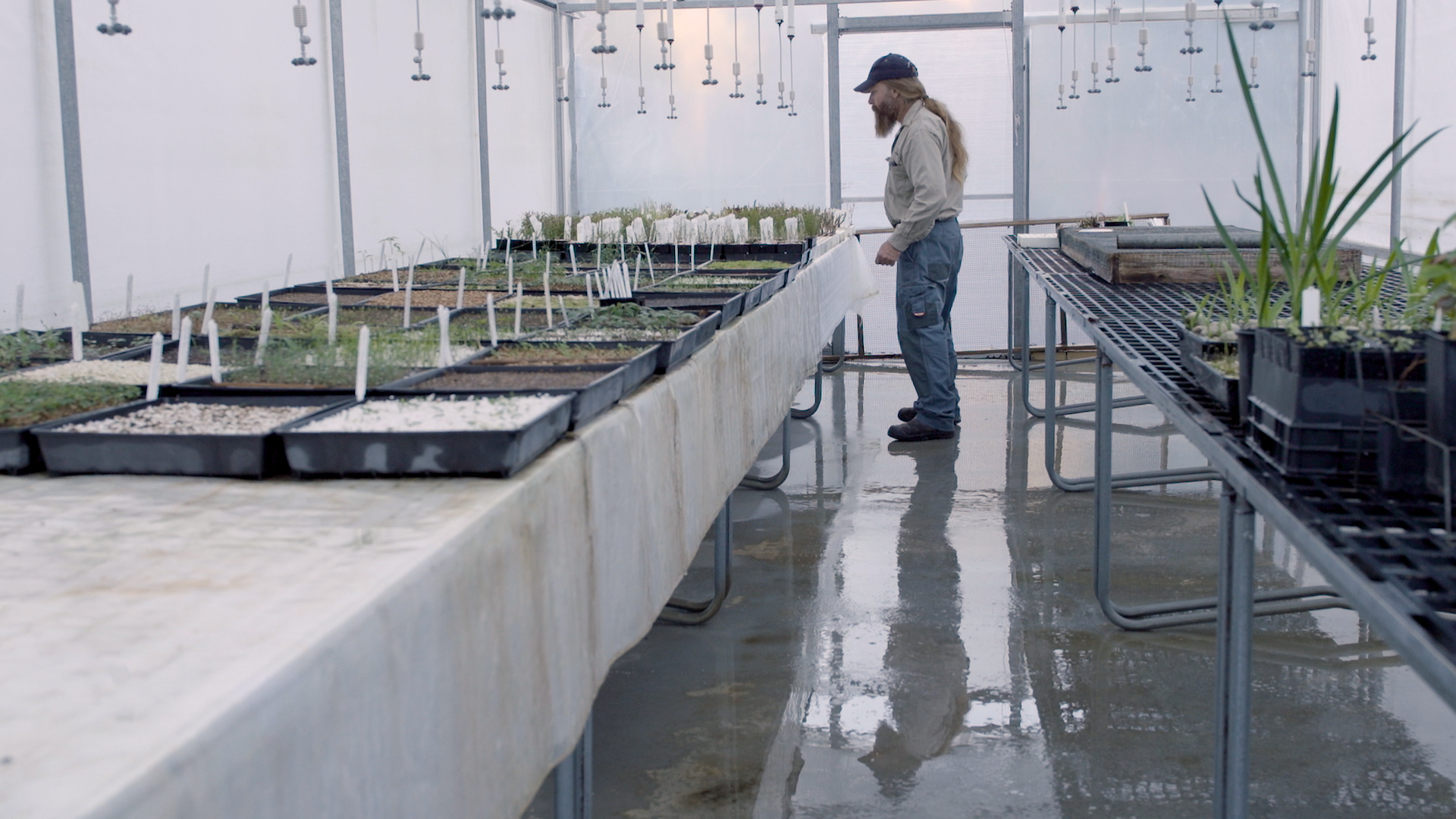SPECIES

Metallic sun orchid (𝘛𝘩𝘦𝘭𝘺𝘮𝘪𝘵𝘳𝘢 𝘦𝘱𝘪𝘱𝘢𝘤𝘵𝘰𝘪𝘥𝘦𝘴)& Coloured spider-orchid (𝘊𝘢𝘭𝘢𝘥𝘦𝘯𝘪𝘢 𝘤𝘰𝘭𝘰𝘳𝘢𝘵𝘢)
Orchids have a reputation for being one of the most difficult plant groups to propagate and return to the wild, but could we improve plant conservation if we thought more like an orchid?

Julian’s Hibbertia(𝘏𝘪𝘣𝘣𝘦𝘳𝘵𝘪𝘢 𝘴𝘱𝘢𝘯𝘢𝘯𝘵𝘩𝘢)
What do an electric toothbrush and conservation genomics have in common? A bad joke? NO. Both were critical to answering questions about how to conserve Julian’s Hibbertia (𝘏𝘪𝘣𝘣𝘦𝘳𝘵𝘪𝘢 𝘴𝘱𝘢𝘯𝘢𝘯𝘵𝘩𝘢).

Spiny Rice-flower (𝘗𝘪𝘮𝘦𝘭𝘦𝘢 𝘴𝘱𝘪𝘯𝘦𝘴𝘤𝘦𝘯𝘴 subsp. 𝘴𝘱𝘪𝘯𝘦𝘴𝘤𝘦𝘯𝘴)
Learning from mitigation translocations. What happens when a threatened plant is growing in an intended development location?
Often under Australian legislation, impacts can be ‘offset’ and the plant translocated. Moved, salvaged, re-grown in pots and planted elsewhere. But does that really work?!
